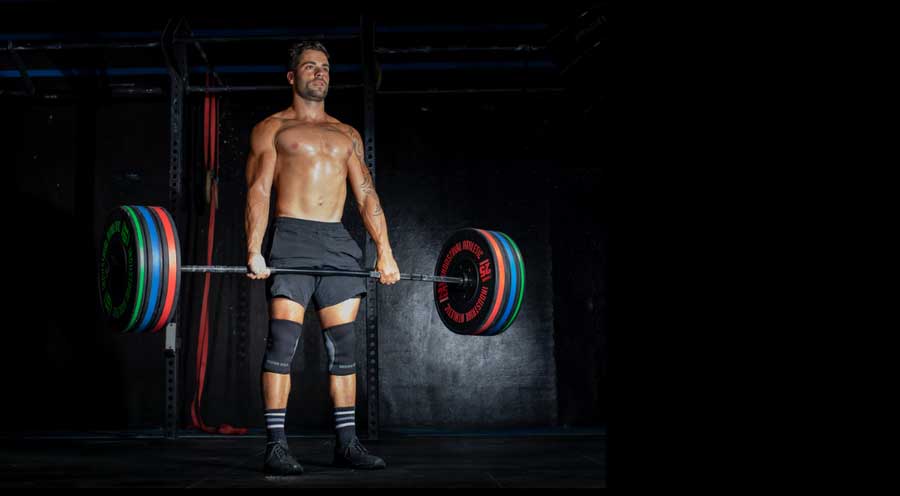20kg PODIUM Competition Barbell
Regular price
$1,299.00
/
TRAIN NOW,PAY LATER
×

Shop online now,
pay over time.
pay over time.
Get 6 weeks to pay, interest free.
Choose Zip at checkout
Quick and easy. Interest Free.
Use your debit or credit card
Apply in minutes with no long forms.
Pay in fortnightly instalments
Enjoy your purchase straight away.
© 2021 Zip Co Limited
How Laybuy works.
Pay it in 6 weekly automatic payments, interest free. Easy.

Pay by Laybuy.
Proceed to checkout. Select Laybuy as your payment method.

Complete order.
Log in or sign up for an account in minutes.

Select schedule.
Choose your payment day. View your schedule and select pay now.

You’re done.
Your items are on their way. Payments will be taken automatically each week.
- In stock, ready to ship
- Backordered, shipping soon
Shipping Calculated at checkout
Allow 2-4 working days approx.(Delivery to Rural Addresses normally takes an extra 1-3 days)
Covid-19 shipping disruptions are likely

















